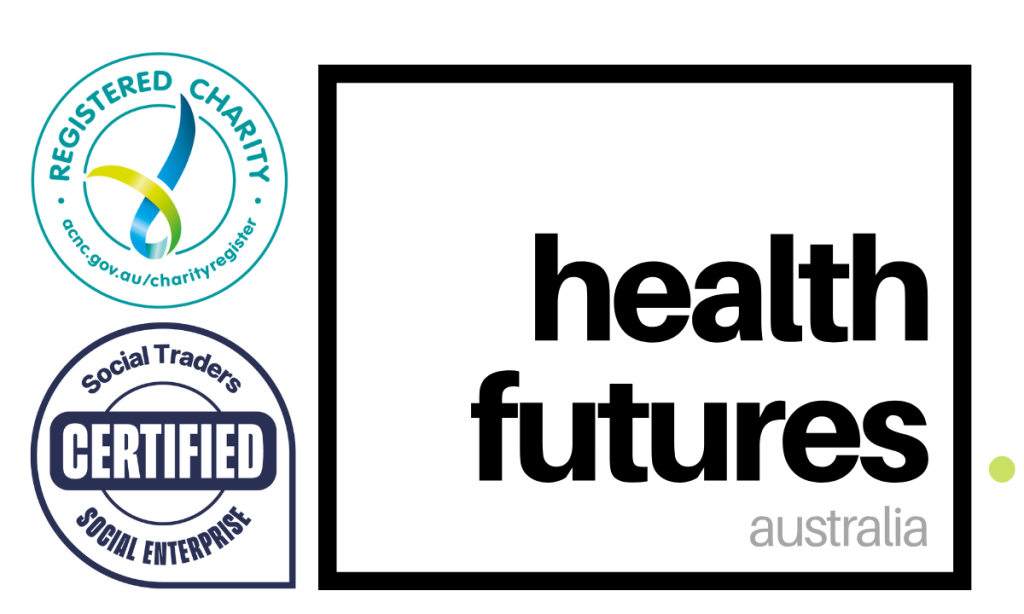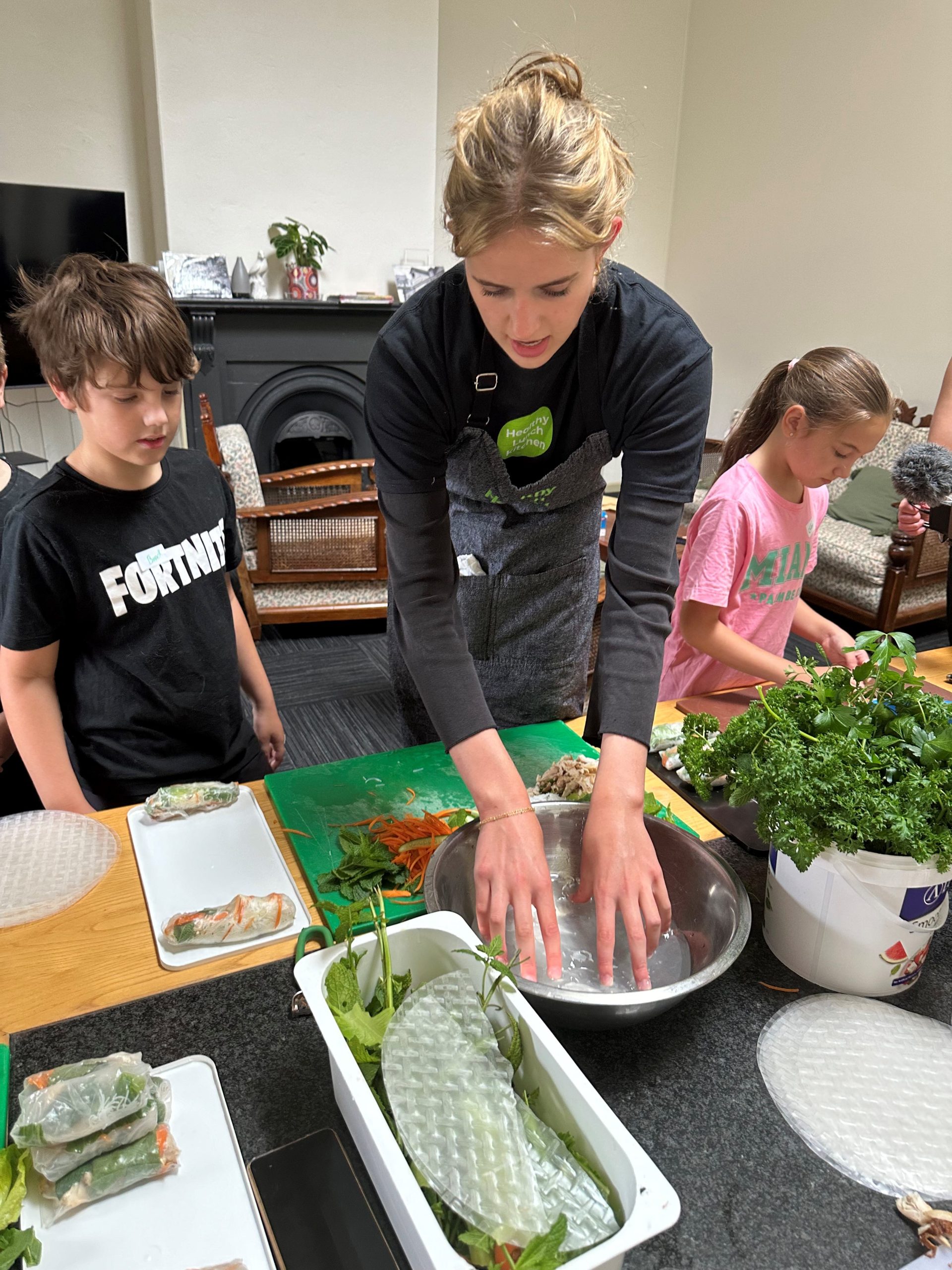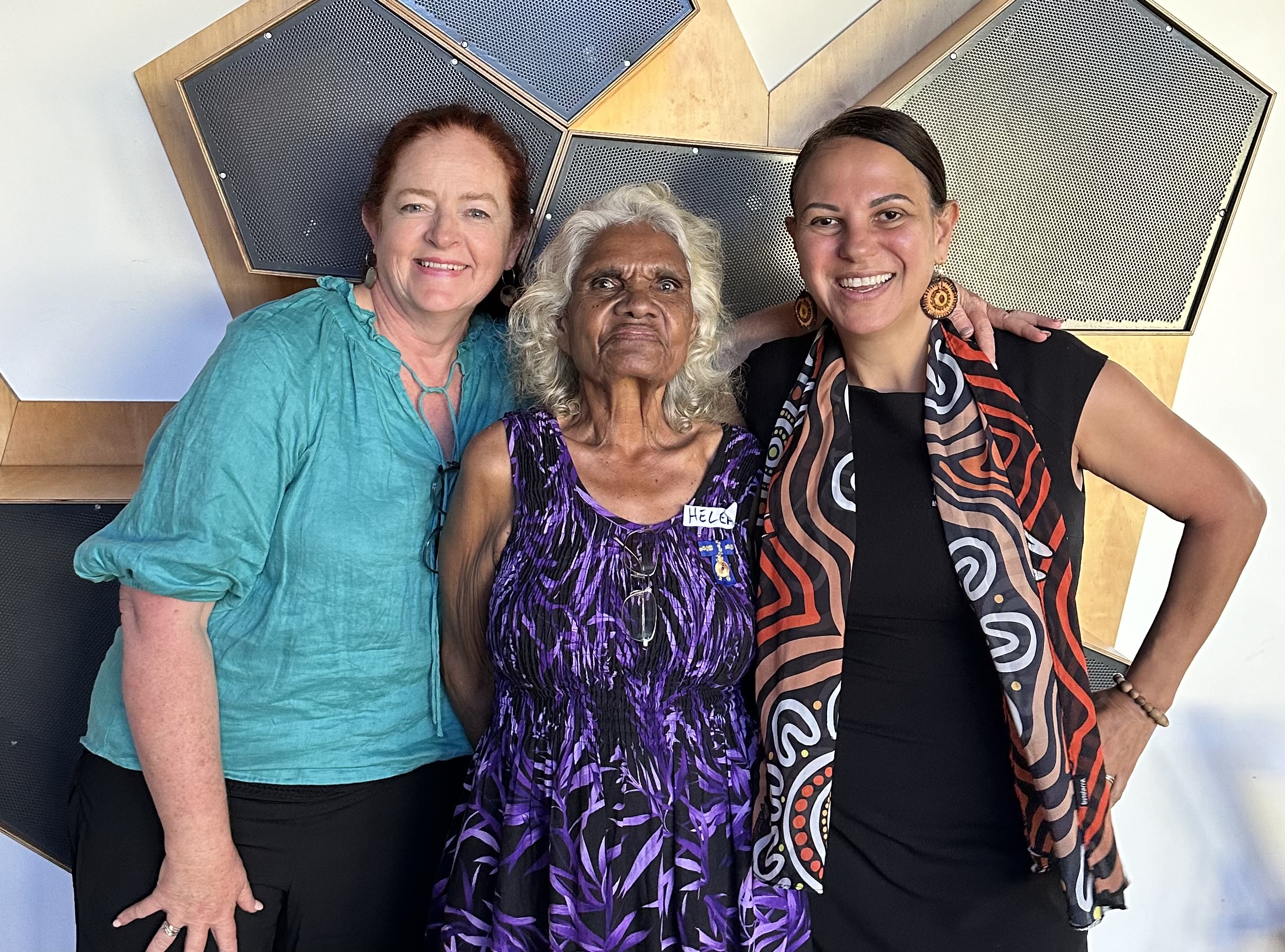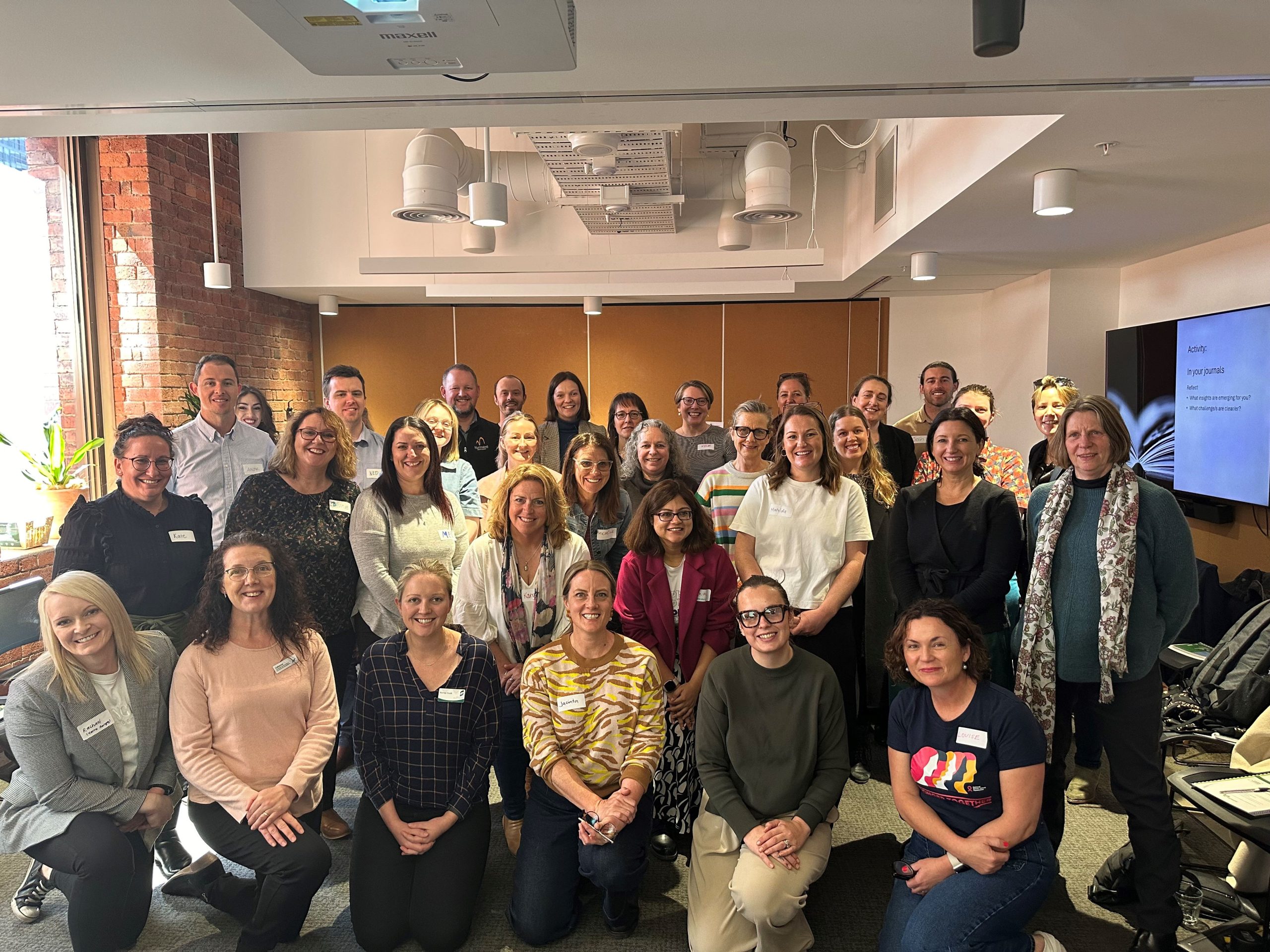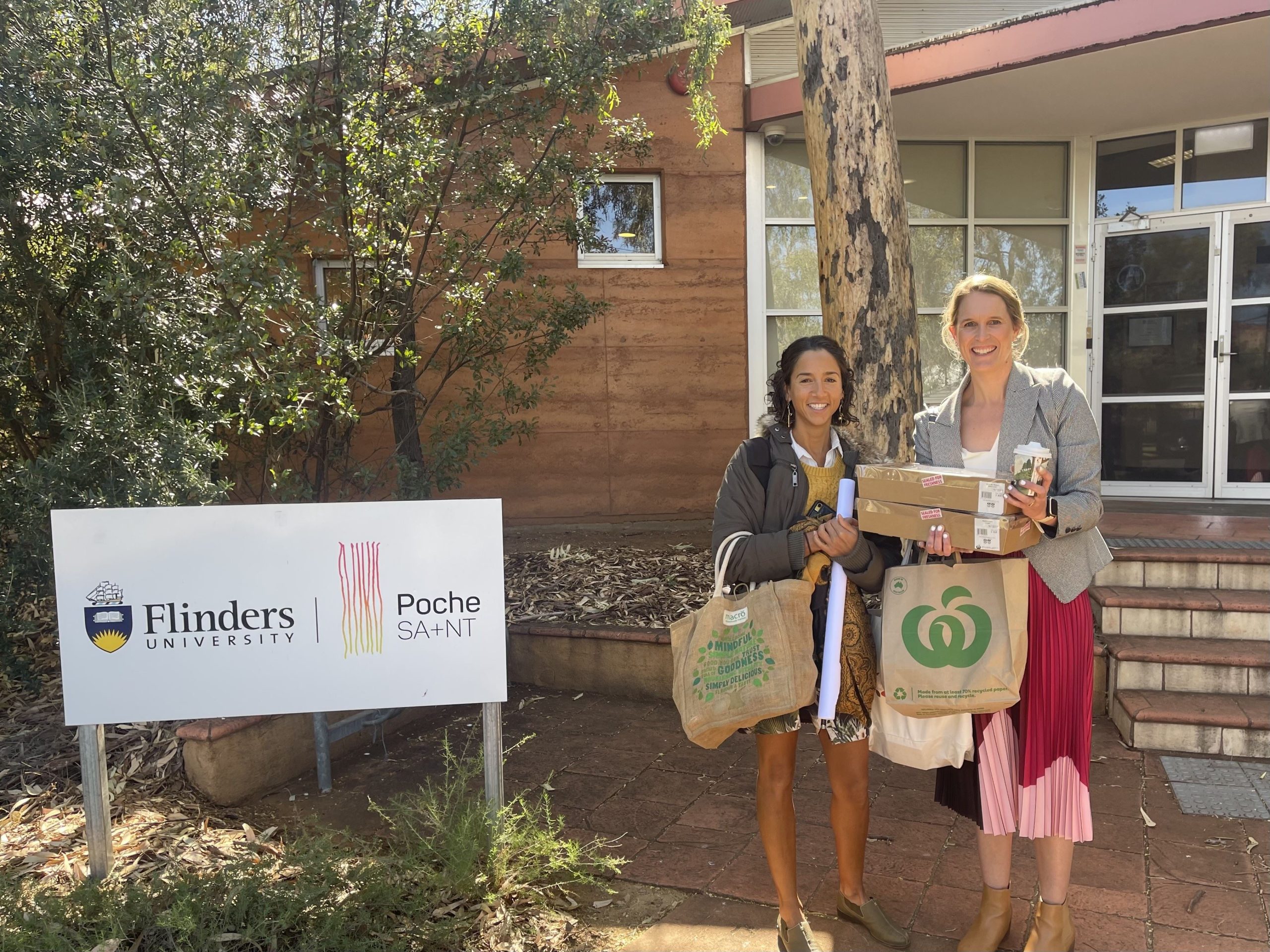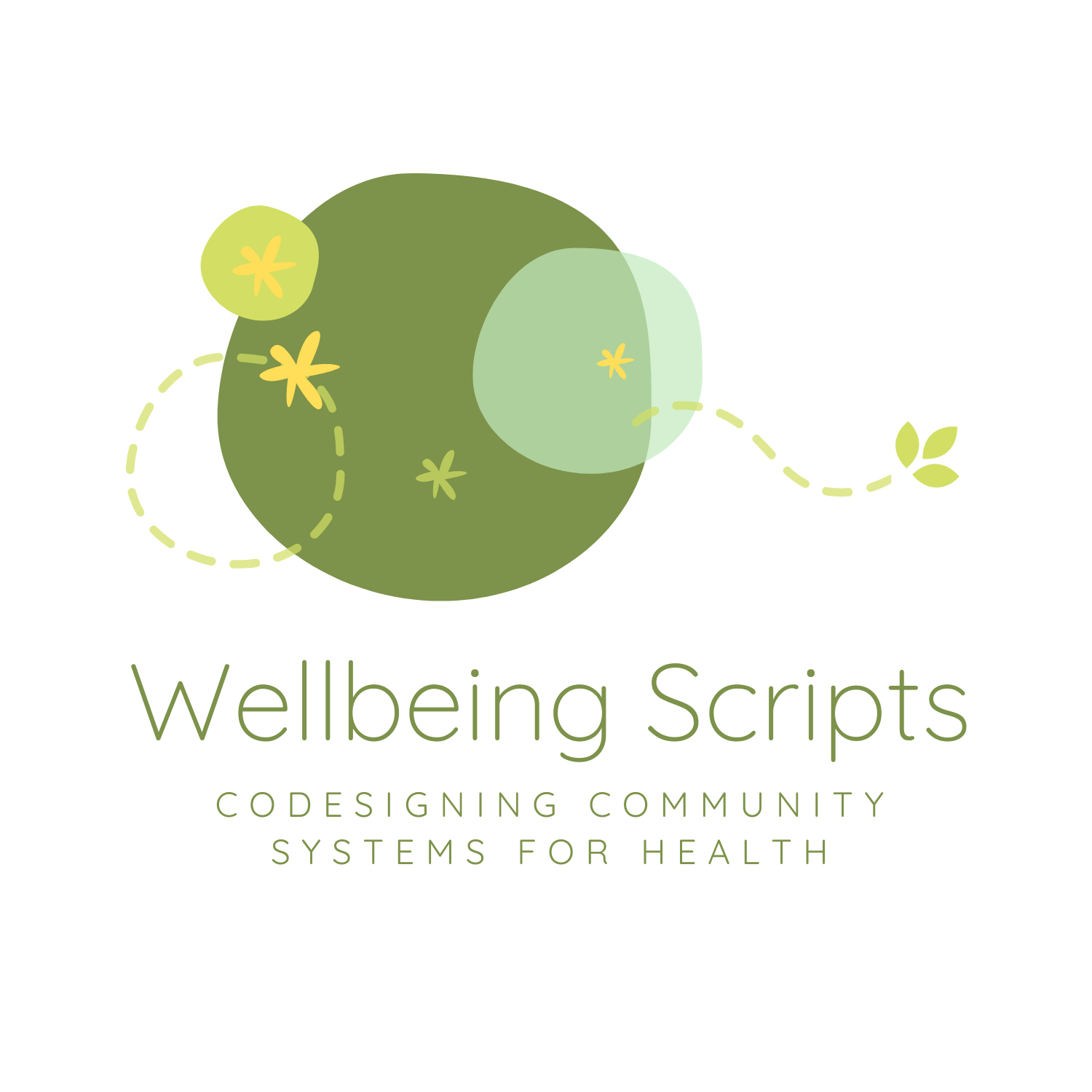Cooking Schools like this might well be one of those activities that have greatest impact in communities, especially to mental health and wellbeing and should not be underestimated for their powerful effect and the joy they bring communities.
Continue readingWorking to elevate the voice of remote Indigenous parents: a powerful determinant of health and wellbeing
Over the past twelve months we have been working with Tracks Integrated Services, a primarily Indigenous owned and led small business based in the Northern Territory to support the work and growth of NT based charity RIPA – Remote Indigenous Parents Australia.
Continue readingLeading Healthy Communities across Victoria: an Innovation and Learning Lab
Our ‘consultancy for good’ arm at Health Futures is thrilled to be designing and delivering this powerhouse of a Lab with our public health and wellbeing colleagues across Victorian local governments and VicHealth.
Continue readingHealth Futures launches in Central Australia
Health Futures Australia is setting up a branch in Alice Springs, Northern Territory, where local public health changemaker Jacinda Roberts is taking up the role of Health Futures Lead Central Australia.
Continue readingSocial prescribing starts right here!
The Wellbeing Scripts project phase 1 was funded by the Commonwealth Government’s Men’s and Women’s Health Chronic Disease Prevention Program for a two-year period from 2020 to mid-2022. Health Futures Australia is the system-building partner in the project with the Central Highlands Association of Neighbourhood Houses.
Continue readingThat’s a wrap for the first stage of Wellbeing Scripts in Central Victoria
A global pandemic that keeps on evolving, the closure of Neighbourhood Houses from being the open centres that they are, and an unbelievably stretched primary care sector hasn’t stopped this two-year project in laying the foundations for a bright wellbeing future.
Continue readingSHIFT’ing to healthy food systems
In one of our highly experimental projects, the SHIFT Healthy Lunch Kitchen, with your generous support, we have just reached a milestone! We have served up over 6,000 lunches to children at three schools, and we feel this is just the beginning!
Continue readingSustainable Healthy Integrated Food Towns (SHIFT): A Complex Food System
Changing complex and stuck systems is about the hardest work there is. Everything you do can seem to have little impact, but you see something special in the future if you can just reach that change-threshold.
Continue reading